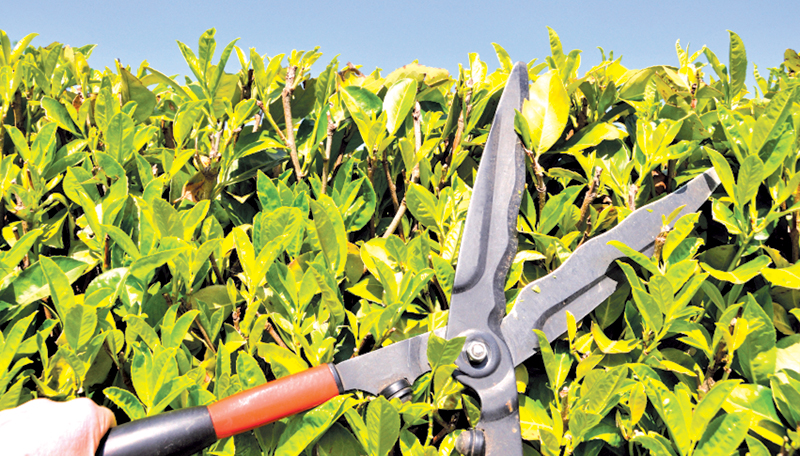There are several things we undertake to preserve or improve the appearance of our surroundings. We may decorate it, clean it, or plant some trees and flowers around it. But what if the plant grows too large and has to be pruned or trimmed? Here are some types of pruning methods.
4 Types Of Pruning Methods
Below are the different types of pruning methods. You can use these methods so that you can improve your surroundings and make them more attractive.

- Cleaning Method
The cleaning method is a type of selective pruning that involves removing dead, unhealthy, and damaged stems or branches. The danger of movement degradation is lessened as a result of this. Moreover, because there is no need to remove living stems, the cleaning method is effective for older or established plants.
- Reducing Method
This is a type of selective pruning that seeks to reduce a plant’s height or spread. The reducing method is intended so that the plants will seem more orderly and appealing, and eliminate overgrowth in locations where it is not needed, like structures and buildings. However, because the reducing method is not appropriate for all kinds of plants and shrubs, it’s crucial to examine the species and health of the plants before applying this procedure.
- Thinning Method
Thinning is also known as selective pruning since it reduces the number of live branches. Usually, this method is done to allow air and sunlight to reach the core of the plant.
- Raising Method
The raising method is a type of selective pruning that offers vertical clearance for structures, vehicles, and people. This is accomplished by pruning or eliminating a tree’s or plant’s lowest branches. Besides, this method is widely used in trees near residential buildings and commercial structures.
However, not all pruning techniques are beneficial to plants. Sometimes, it can cause more harm than benefit, such as causing plant damage and death.
The Effects Of Improper Pruning
Improper pruning can affect the health of plants. It will cause weakness, and may even cause the plants to eventually die. That is why you must ensure that you will effectively carry out the methods since failing to do so may result in any of the following:
- The plants will get weaker or distorted.
- The food production of the plant will lessen.
- Cuts that are not executed right might lead to deterioration and illness of the plants.
- Wind or frost damage to the plants is more likely to occur.

Proper Pruning Techniques
Proper pruning will maintain the plants and landscape and protect your family. So, following these steps will ensure you that the plant will become healthier and progressive.
- Before you begin working, make a plan and prepare.
- Use the proper tools in pruning the plants.
- Identify the bushes and plants in the garden.
- Pruning should be done at the right time.
- Apply the appropriate pruning method.
Conclusion
Pruning a plant is necessary for a variety of reasons. A tree’s limbs and branches may be pruned into a more optimal form for the tree’s structural stability. Therefore, you may use several types of pruning methods to preserve the tree’s structure and avoid issues
